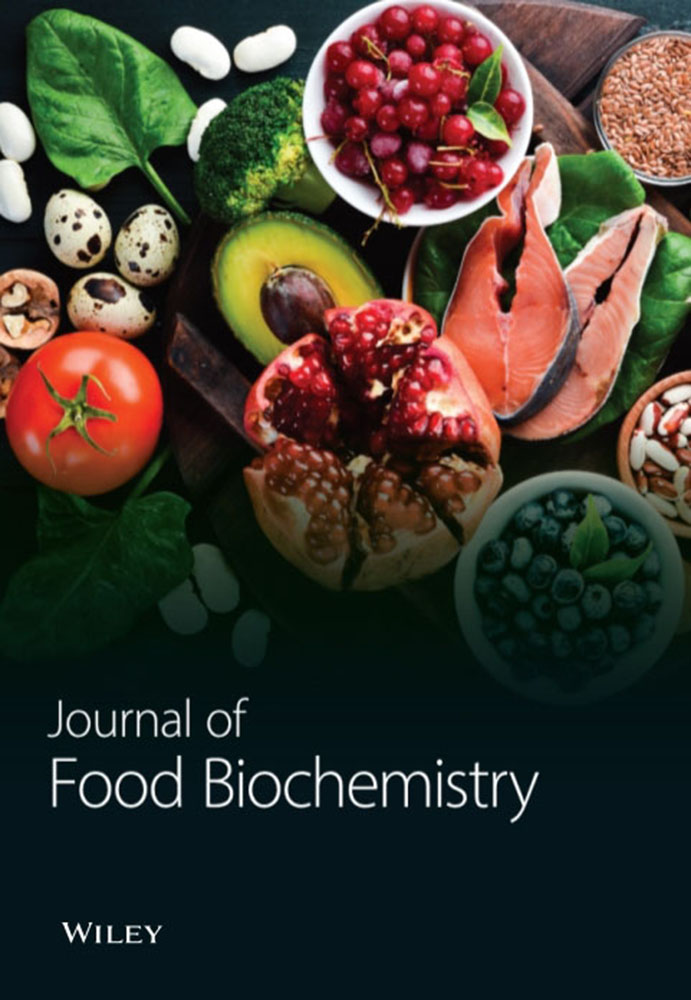Unveiling the Metabolic Function of Three Types of High-Temperature Daqu During Baijiu Fermentation
Abstract
White, yellow, and black Daqu are three typical types of Jiangxiangxing high-temperature Daqu, which result from differences in the microenvironment during Daqu culture. However, there is still limited research on the metabolic characteristics of three types of Daqu and their impact on the final products. In this work, headspace solid-phase microextraction coupled with gas chromatography–mass spectrometry (HS-SPME-GC-MS) and high-throughput sequencing were utilized to reveal volatile compounds and microbial genera in different types of Daqu. Furthermore, simulated fermentation of different types of Daqu was employed to verify their fermentation performance. The results revealed 64 representative volatile compounds and 21 differential microbial genera among three types of Daqu. The correlation analysis and prediction of microbial functional potential indicated that white Daqu was characterized by significant decomposition and utilization of bio-macromolecules, while yellow Daqu had more pronounced formation of aroma compounds. The content of relevant metabolites related to fatty acid and phenylalanine metabolism was significantly higher in yellow Daqu than in the other types. The results of the simulated fermentation of three types of Daqu demonstrated that all types of Daqu stably maintained their functional diversity during fermentation. Specifically, yellow Daqu promoted the production of alcohols and aldehydes, while white and yellow Daqu tended to generate esters and nitrogen-containing compounds such as pyrazines, whereas black and yellow Daqu produced more acids and ketones during fermentation. This study provides a theoretical basis for the rational use of different types of Daqu in Baijiu production.


 求助内容:
求助内容: 应助结果提醒方式:
应助结果提醒方式:


